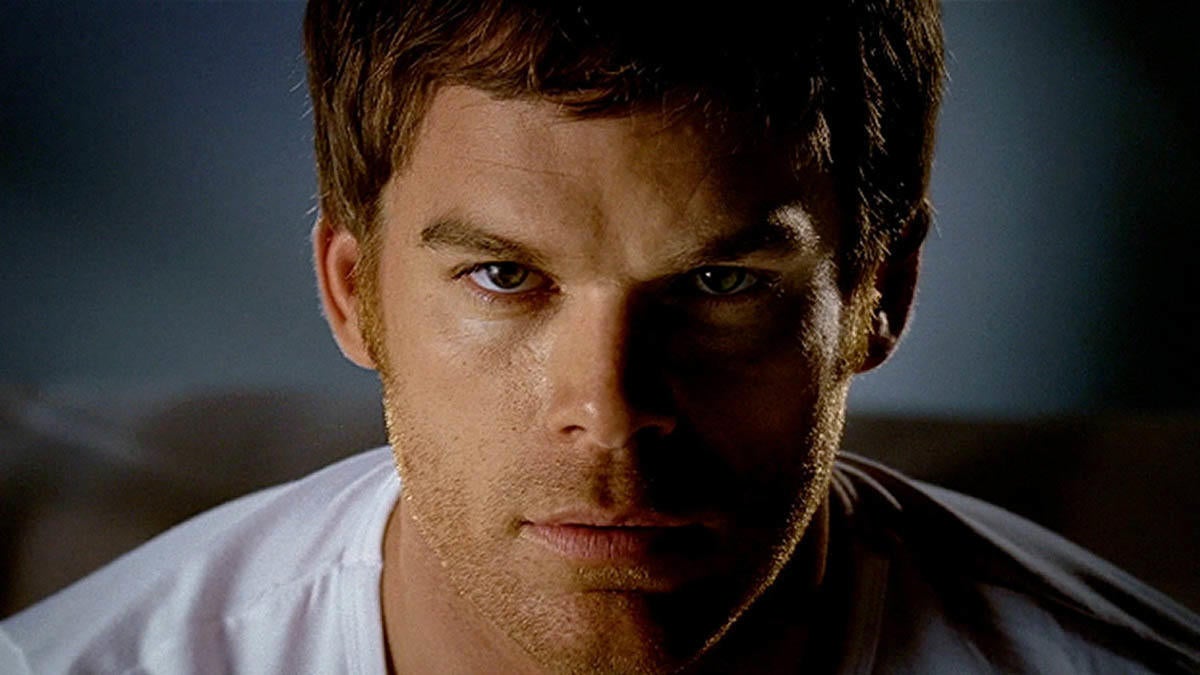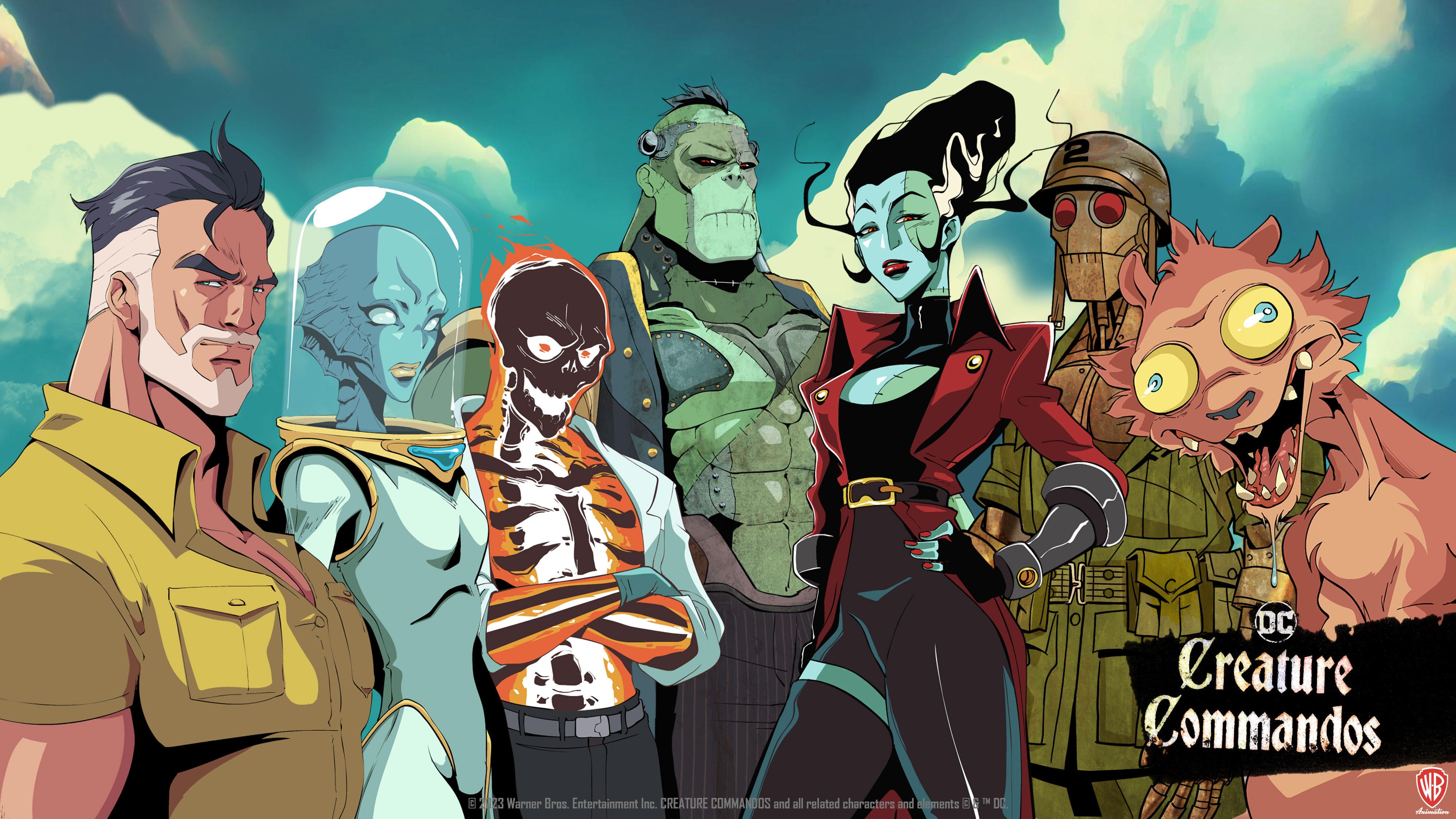Winnie the Pooh Horror Movie Director Reveals Tragic End for Eeyore
In Winnie the Pooh: Blood and Honey, the upcoming horror movie featuring a silly old bear and his best piglet pal going on a killing spree, it seems one of their first victims was an oh-so-familiar donkey. In a new interview, Blood and Honey director Rhys Frake-Waterfield says that some of the characters fans associate with the Pooh mythology will not appear in the movie, although not always for the same reason. The reason the movie can feature Winnie the Pooh and not have to rename or parody him, is that the characters in A. A. Milne's first Pooh stories have lapsed into the public domain. Tigger, though, remains copyrighted, and will not appear.
Eeyore will not appear in the flesh, either, although Waterfield says fans will know his fate. The film, apparently, features a scene in which Eeyore's tombstone appears, and it's suggested that he was eaten by his bear and pig friends.
"Because they've had to fend for themselves so much, they've essentially become feral," Waterfield told Variety. "So they've gone back to their animal roots. They're no longer tame: they're like a vicious bear and pig who want to go around and try and find prey."
The characters have been redesigned, with Piglet featuring tusks like a warthog and Pooh wearing a plaid shirt that evokes a lumberjack more than the red t-shirt recognizable from he Disney version of the character. While the characters themselves are public domain, anything added to them by the Disney movies would be owned by Disney and not up for public domain for a number of years. That means you have to be very conscious about confusing consumers. Waterfield isn't worried on that score.
"No one is going to mistake this [for Disney]," Waterfield said. "When you see the cover for this and you see the trailers and the stills and all that, there's no way anyone is going to think this is a child's version of it."
After a certain amount of time, which is different depending on national laws, classic works are considered no longer owned by any one person or entity, and instead become property of the larger culture, allowing them to be adapted, performed, repurposed, or reprinted without any additional cost.
"Due to differing copyright laws around the world, there is no one single public domain – and here we focus on three of the most prominent," the Public Domain Review explained last week. "Newly entering the public domain in 2022 will be: works by people who died in 1951, for countries with a copyright term of "life plus 70 years" (e.g. UK, Russia, most of EU and South America); works by people who died in 1971, for countries with a term of "life plus 50 years" (e.g. Canada, New Zealand, and most of Africa and Asia); and works published in 1926 (and all pre-1923 sound recordings), for the United States."




